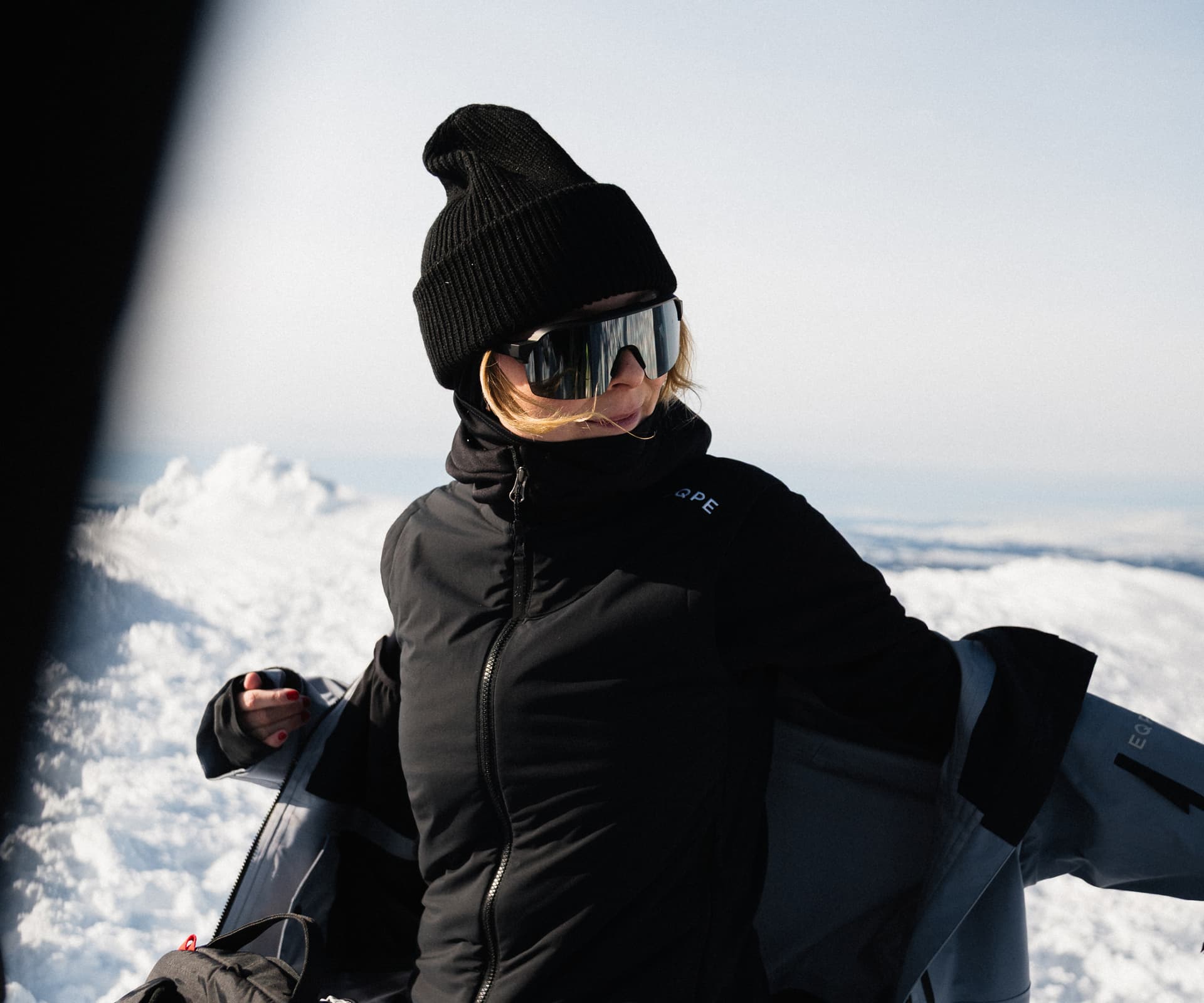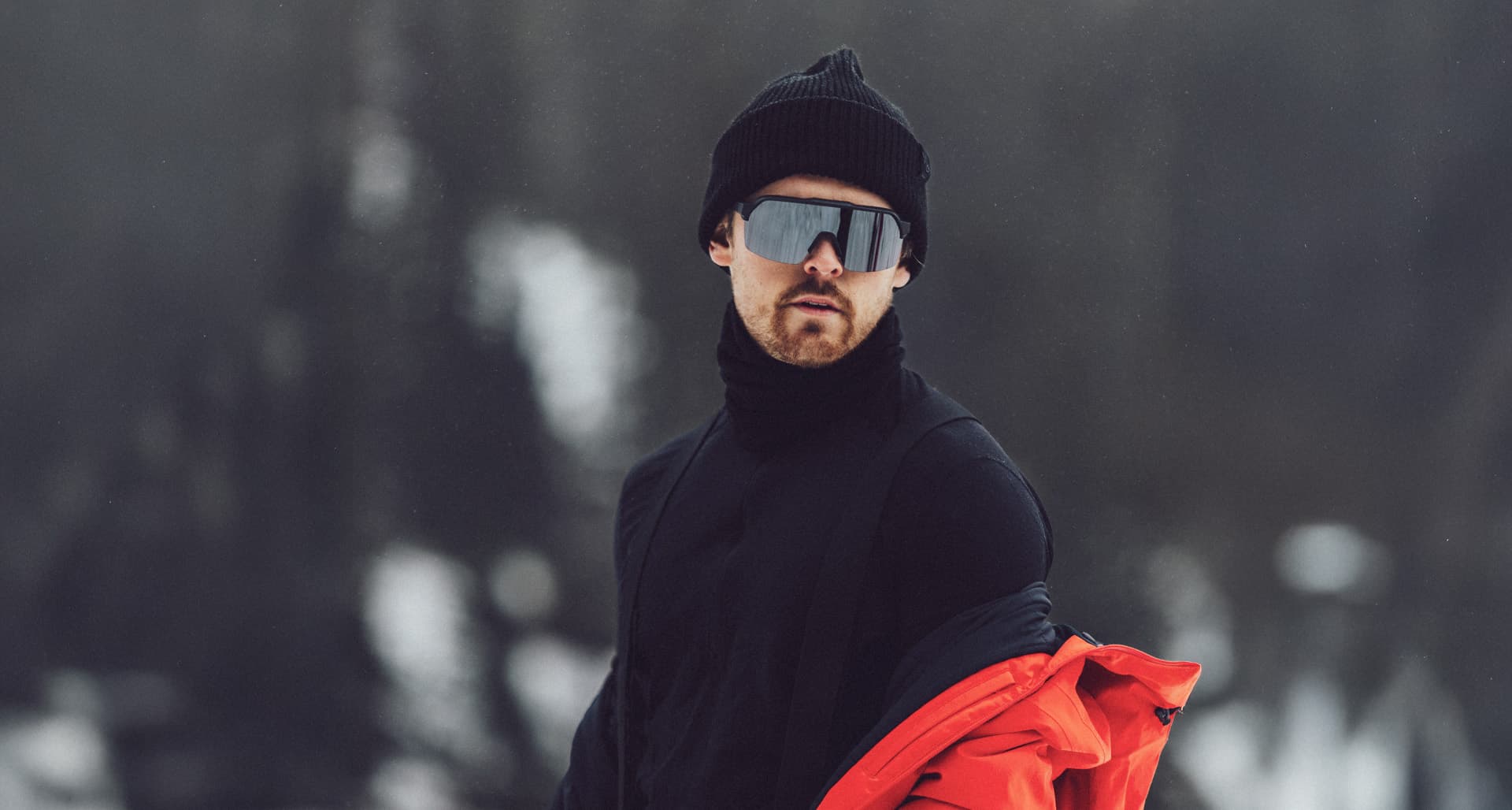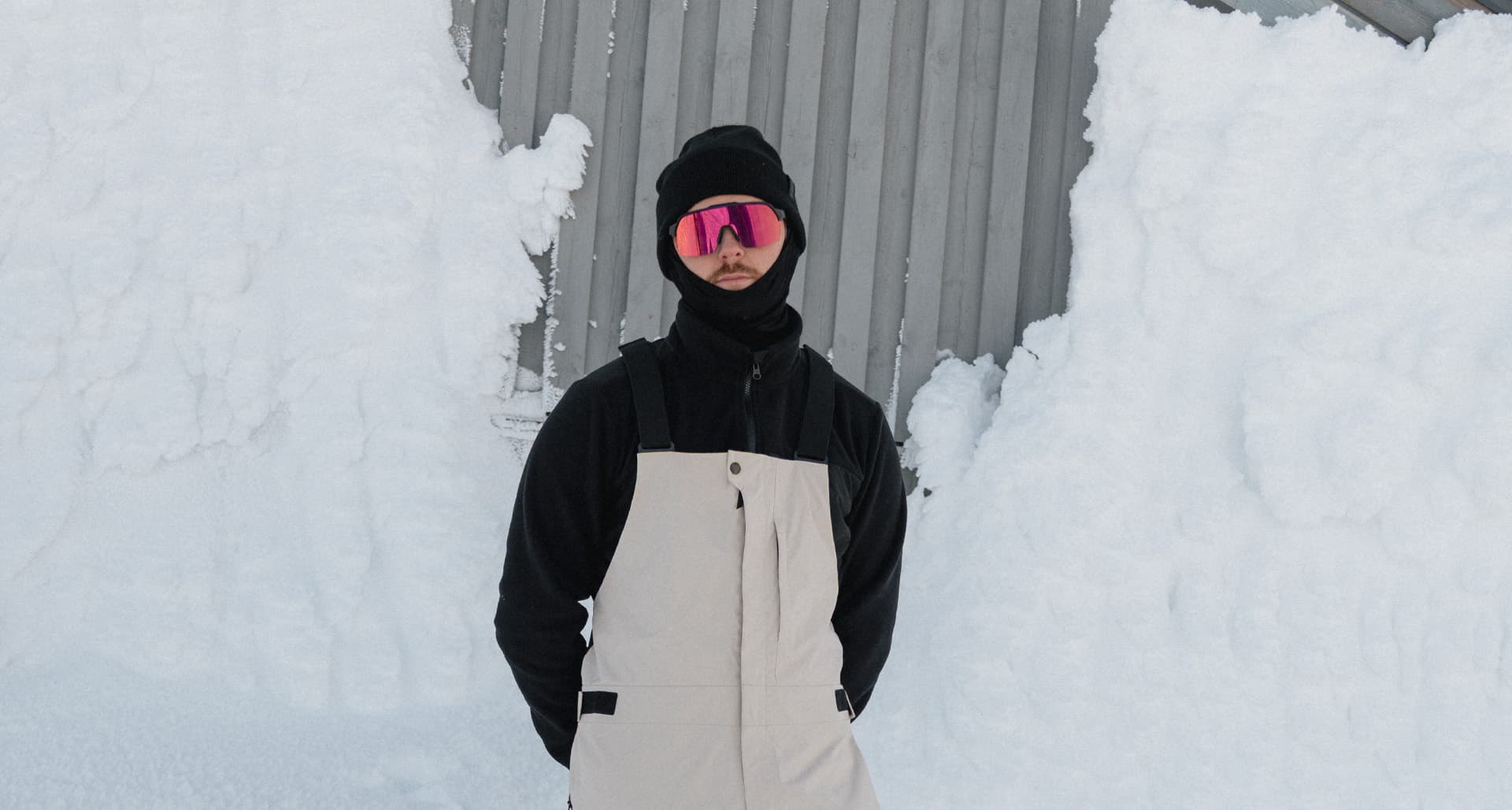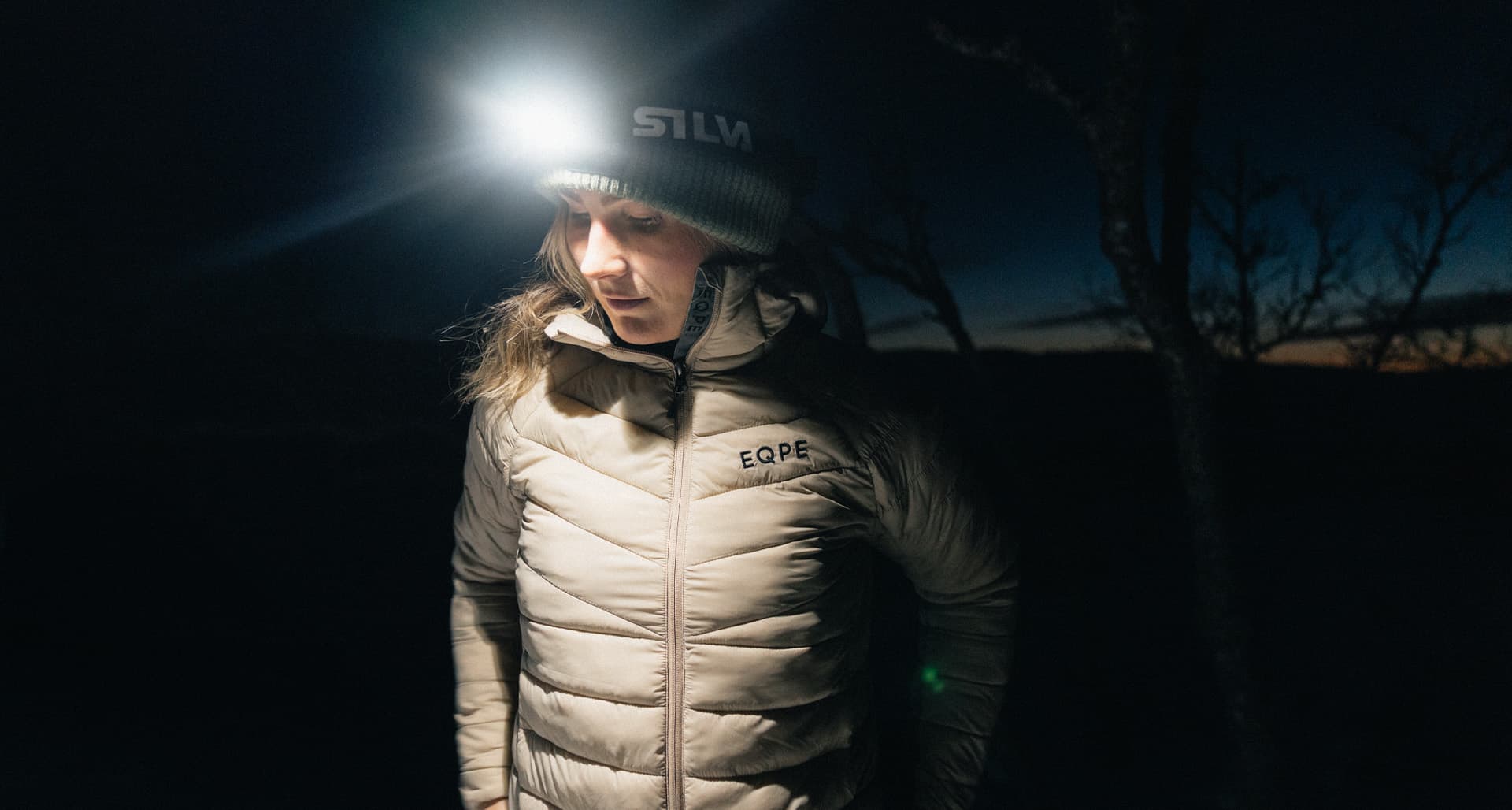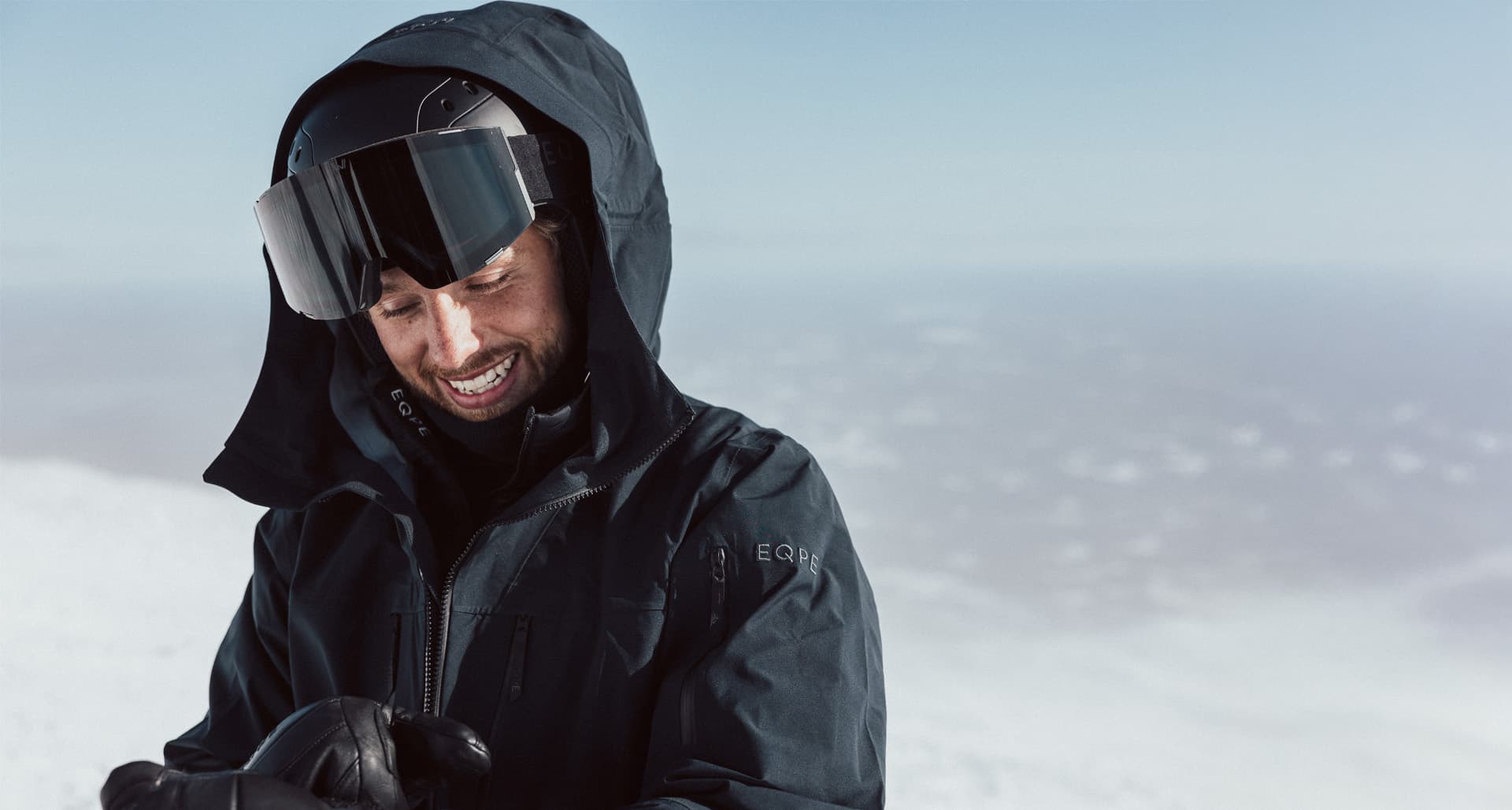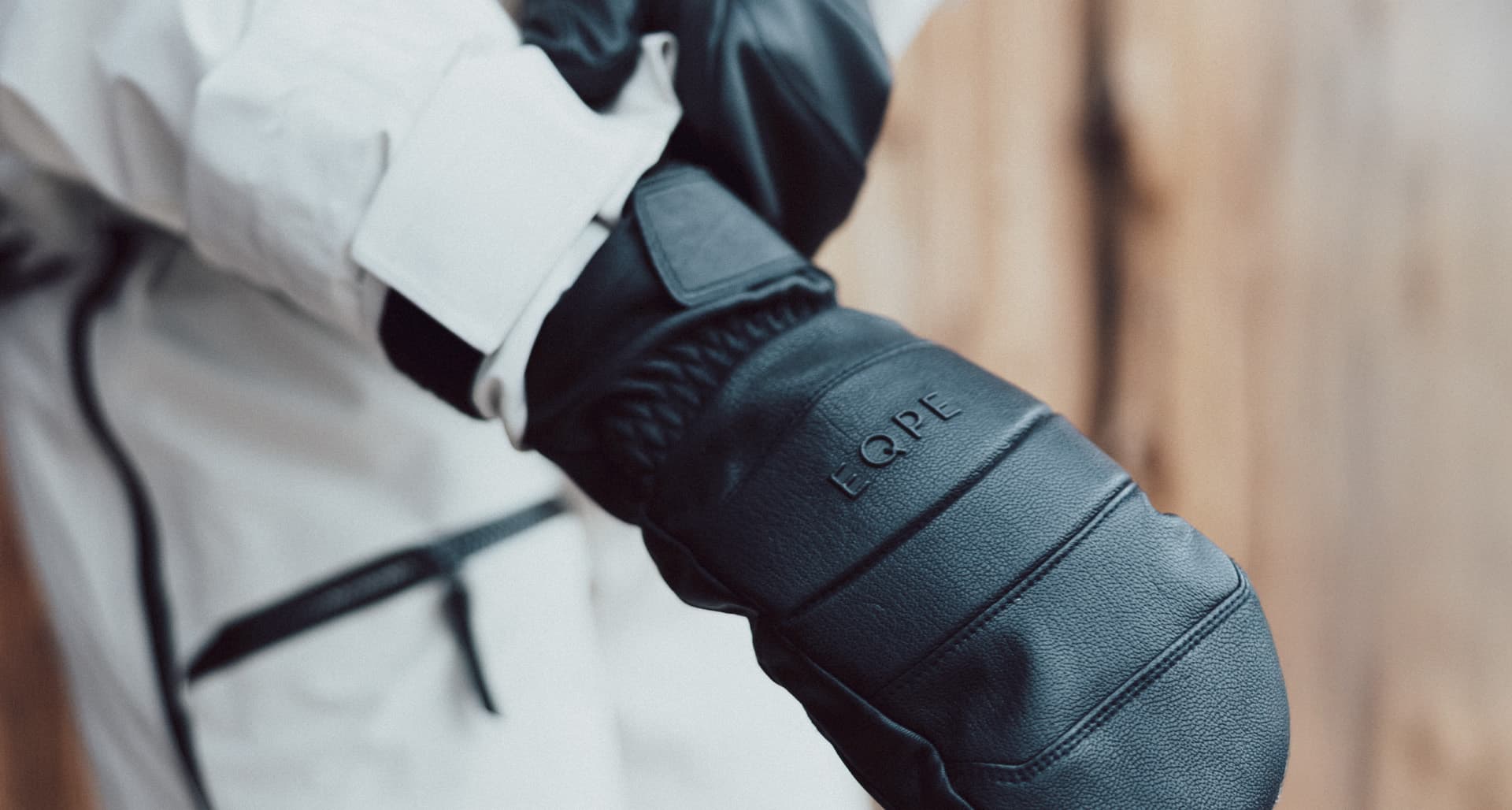STRATI BASE
Lo strato più vicino alla pelle è essenziale per mantenervi asciutti e caldi. Scegliete uno strato di base con materiali traspiranti come il poliestere e la lana merino per mantenere una temperatura corporea uniforme ed evitare il freddo che può verificarsi quando l'umidità rimane vicino alla pelle.
